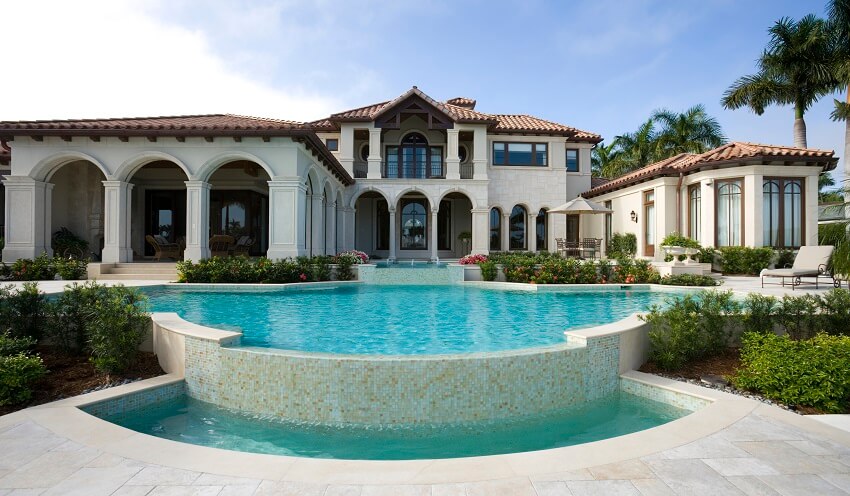In the pursuit of creating a dream home, every detail holds significance. Amid the numerous features homeowners contemplate, a gas fireplace emerges as a luxurious and comforting addition. Beyond providing warmth and ambiance, a gas fireplace infuses any living space with a touch of elegance. This blog post aims to delve into the advantages and the step-by-step process of installing a gas fireplace in new construction projects.
Benefits of a Gas Fireplace:
Efficient Heating Solution
Gas fireplaces provide efficient heating, enabling homeowners to relish a cozy atmosphere without the inconveniences of traditional wood-burning fireplaces. With consistent warmth and the ability to quickly heat up a room, they prove to be ideal for chilly evenings.
Environmentally Friendly:
When contrasting with wood-burning fireplaces, gas fireplaces present a more environmentally friendly choice. They emit fewer emissions and particulates, resulting in enhanced air quality and a minimized carbon footprint.
Convenience and Control:
By a mere flip of a switch or a press of a button, igniting and extinguishing a gas fireplace becomes effortless. Furthermore, many models are furnished with remote control options, granting homeowners the ability to adjust the flame height and heat output according to their preferences.
Aesthetic Appeal:
Gas fireplaces come in an extensive array of designs and styles, tailored to suit diverse architectural preferences. Whether you lean towards a modern, sleek appearance or a more traditional, rustic vibe, you can find a gas fireplace that perfectly complements your home’s aesthetic.
Minimal Maintenance:
Unlike wood-burning fireplaces that require regular cleaning and ash removal, gas fireplaces demand minimal maintenance. There are no ashes or soot to clean up, making them a practical and time-saving choice.
Steps for Installing a Gas Fireplace in New Construction:
Plan and Design:
The first step in installing a gas fireplace in your new construction is meticulous planning. Work with a professional architect or designer to determine the ideal location for the fireplace. Consider factors like room size, ventilation, and clearance requirements for safe installation.
Select the Right Model:
Choose a gas fireplace model that suits your needs and preferences. There are three main types to consider: traditional vented, vent-free, and direct-vent. Each has its advantages, so make an informed decision based on your home’s layout and heating requirements.
Hire a Certified Installer:
Installing a gas fireplace requires expertise to ensure safety and compliance with building codes. Seek out a certified installer or a qualified technician who can handle the gas line connections and venting installation with precision.
Ventilation and Safety:
Proper ventilation is critical when installing a gas fireplaces. The installer will need to assess the existing venting or create a new one to allow the safe exhaust of combustion gases. Carbon monoxide detectors should also be installed in proximity to the fireplace for added safety.
Finishing Touches:
Once the gas fireplaces is in place, it’s time to add the finishing touches. Choose a mantel and surround that complements your interior design and personal style. Add decorative elements to enhance the visual appeal of the fireplace, turning it into a stunning focal point in your living space.
Regular Maintenance:
To keep your gas fireplace in top-notch condition, schedule regular maintenance and inspections. Clean the glass, check for any gas leaks, and ensure the burner and pilot are functioning correctly. Regular upkeep will extend the life of your fireplace and maintain its efficiency.
Conclusion:
Installing a gas fireplace in your new construction offers numerous benefits, from efficient heating to aesthetic charm. By carefully planning, selecting the right model, hiring certified installers, and focusing on safety and maintenance, you can enjoy a warm and inviting atmosphere throughout the year. Embrace the elegance and comfort of a gas fireplace to make your dream home complete.


